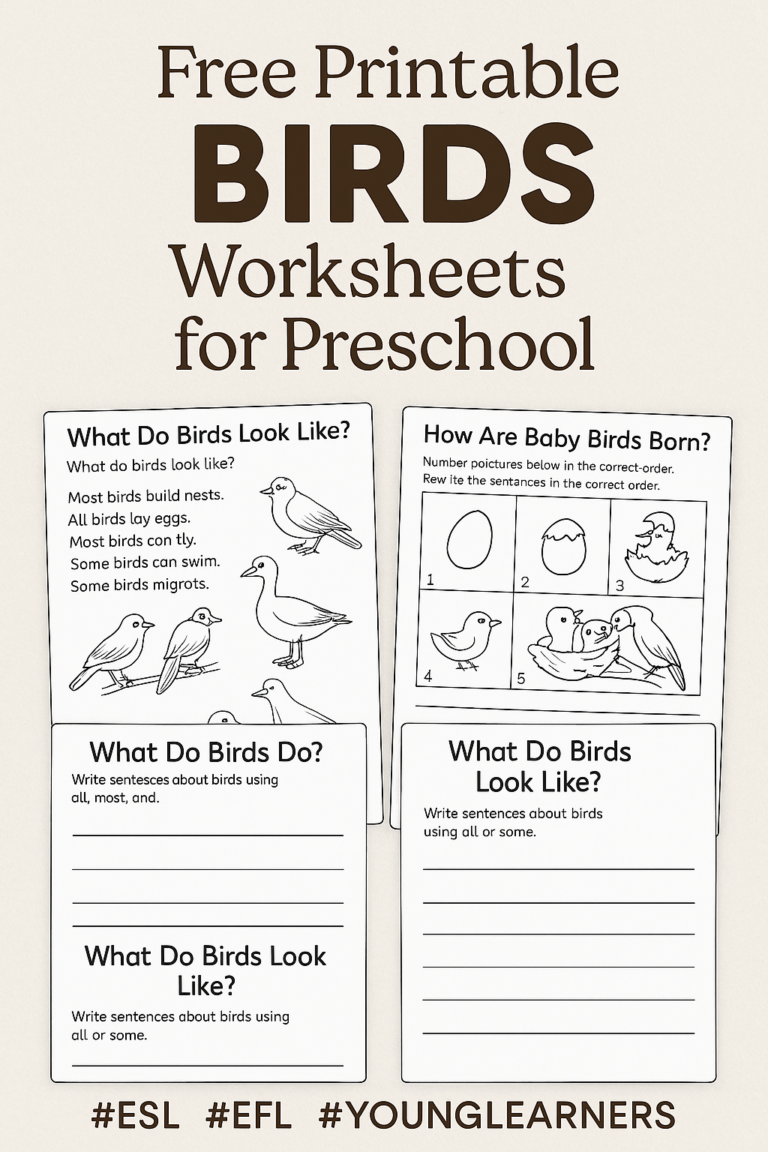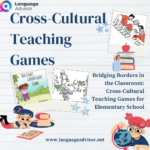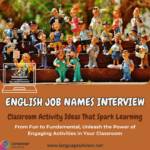TEACHING ENGLISH WITH STORIES. Classroom Activity Ideas That Spark Learning. From Fun to Fundamental, Unleash the Power of Engaging Activities in Your Classroom
TEACHING ENGLISH WITH STORIES

TEACHING ENGLISH WITH STORIES. Classroom Activity Ideas That Spark Learning
Every teacher knows that a dynamic and engaging classroom is the cornerstone of effective education. To keep the learning environment vibrant and inspiring, it’s essential to incorporate innovative classroom activities that capture students’ imaginations and enhance their educational experience. In this blog post, we’re excited to present a treasure trove of creative and versatile classroom activity ideas that cater to a wide range of subjects, grade levels, and teaching styles. Whether you’re a seasoned educator looking to revamp your teaching strategies or a new teacher eager to make a memorable impact, these activity ideas will breathe new life into your classroom. So, let’s embark on this educational journey and explore a world of exciting possibilities that will make learning not just informative but unforgettable.

TEACHING ENGLISH WITH STORIES
Target Group: 6th year
Difficulty Level: Fundamentals, Basic Conversation
Activity Objective: This should be used as a midterm project Final project in ELS. The goal is to practice simple conversation and narration by reciting a well-known story. Final assignment option: put on a play.
Procedure
Here are the instructions for the “Storytelling and Acting Project” classroom activity:
- Story Selection: Choose a well-known folk tale or a similar type of story that your students are already familiar with.
- Simplified Narrative: Create a simplified narrative version of the story in English. Since students should already know the basic storyline, only key points should be translated into English. Students’ previous knowledge and imagination will help fill in any gaps.
- Chapter Breakdown: Break down the story into short, easy-to-digest chapters, with one chapter used per lesson. This will be a long-term project.
- Create Worksheets: For each chapter, create a worksheet with a two-column table. In the left column, provide the simplified English version of that day’s chapter, leaving the right column blank.
- Warm-Up: At the start of each lesson, read through the entire story to familiarize the students with it (5 minutes).
- Chapter Introduction: Re-read the chapter to be covered in that day’s lesson (1-2 minutes).
- Interactive Reading: Act out the story enthusiastically, emphasizing character names, creature types, animal noises, etc. This will help the students understand what part of the story is being covered. As you progress, the meaning of the English parts will become easier to comprehend.d.
- Interactive Learning: One line at a time, read the line in English, have the students repeat it, and then check for understanding in Japanese (15-20 minutes). Before revealing the Japanese meaning, give students a chance to guess the meaning, providing hints until they get it, and reveal the answer only if they are completely stumped.e.
- Meaning Clarification: Once every line is cleared using the guessing method, re-read each line in English, have the students repeat it, and check the meaning in Japanese for anyone who missed any lines (5 minutes).
- Group Recitation: Encourage the students to read along with the teachers as they act out that day’s chapter one last time (2 minutes).
- Memorization: After approximately five lessons, the students should have the story memorized.
- Final Group Presentations: Divide the class into equal groups based on size and English level. In the final stage, students will perform the story. The level of preparation can vary, depending on the time left in the year and the enthusiasm of the JTE, homeroom teacher, and ALT.
- Presentation Options: Groups can perform the story, ranging from simply reciting it without costumes or final preparation to using costumes and developing semi-original stories based on the English provided. The best group can perform a culture day original play.
This approach allows students of different English levels to participate and enjoy the final group plays, making it an engaging and memorable language learning experience.
Materials and Preparation
Simple props, costumes, and/or music should be used to engage the students attention, as this is a long term project.
Suggestions and Advice
This activity gives the chance for the energetic students that learn by acting out and doing things to shine. It is their chance to contribute and be engaged, so let them be as noisy and crazy as they want, as long as it is within the context of the story. In fact, encourage them and they may start
seeing English as what is should be, something that can be a challenge to learn, but fun to use.

Classroom Activity Ideas That Spark Learning
In the ever-evolving landscape of education, the role of teachers is not just to impart knowledge but also to inspire, engage, and empower their students. The classroom activities we’ve explored in this blog post are more than just tools for teaching; they are catalysts for transformation. They have the potential to ignite a passion for learning, foster critical thinking, and build meaningful connections among students.
As educators, we are tasked with shaping the future, and these activities are powerful tools in our arsenal. By embracing innovation and adopting creative approaches to teaching, we create environments where students not only learn but also thrive.
So, whether you’re a seasoned teacher looking to rejuvenate your classroom or a new educator embarking on your teaching journey, remember that every activity you introduce is a chance to make a lasting impact. Keep experimenting, keep adapting, and keep kindling the flames of curiosity and knowledge within your students.
The possibilities are endless, and the future is brighter because of the dedication of teachers like you. Thank you for your commitment to the world of education and for seeking out ways to spark learning in your classroom.
Together, we can continue to inspire the leaders, thinkers, and innovators of tomorrow.

Also check out these articles on teaching, teaching methods and teaching tools












